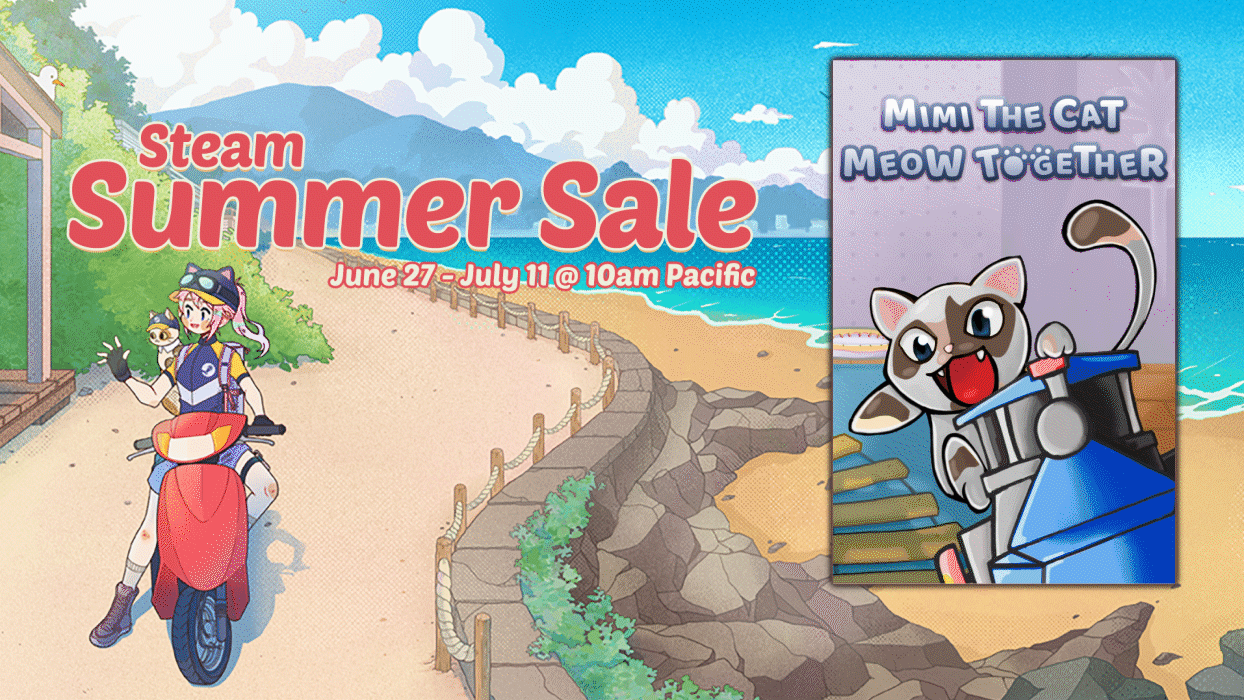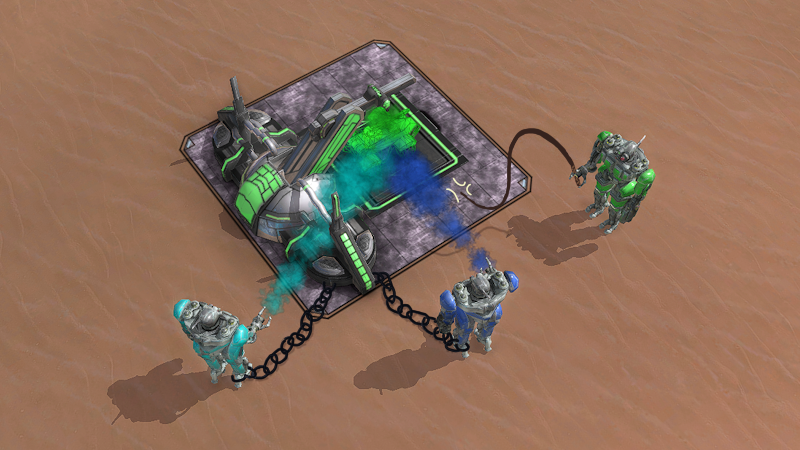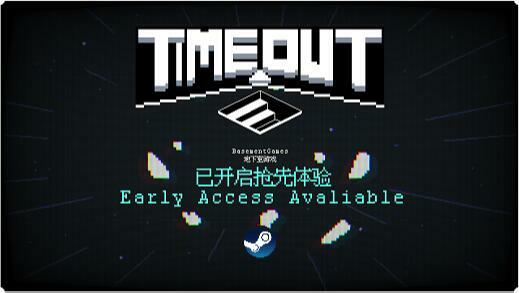
Jun 29, 2024
Ogu and the Secret Forest - sinkholestudio
Hello! ːsteamhappyː
We are working hard for the official release on July 29th.
Currently, "Ogu and the Secret Forest" is on a 15% discount during the Steam Summer Sale, which will be the last discount before the official release. If you haven't purchased "Ogu and the Secret Forest" yet, consider doing so now!
The major issues we're working on are the final battle and ending, which are still under wraps, and improving the convenience of existing content.

To avoid spoilers about the final battle, here are some improvements you'll see in the official release:
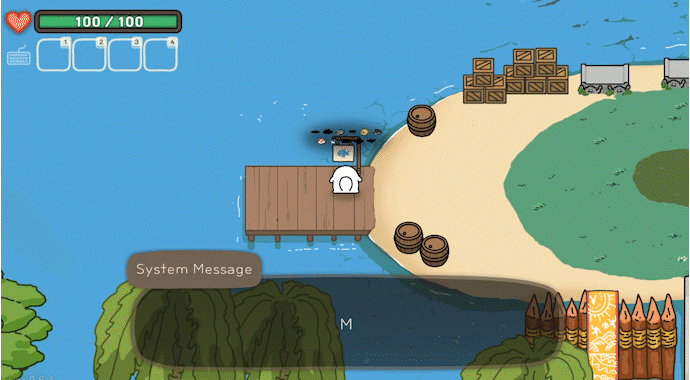
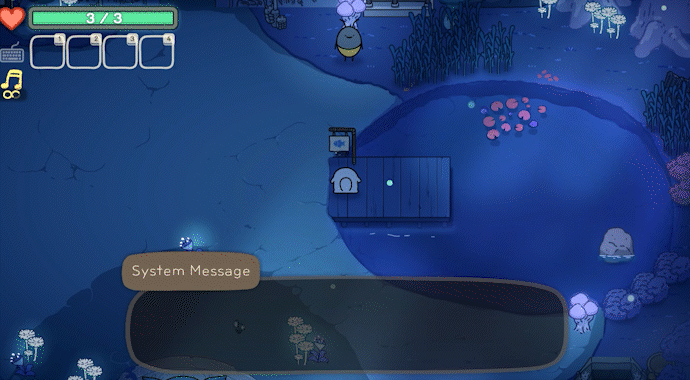
New signs will be placed at each fishing spot, showing the types of fish that appear there. Fish you have caught before will be highlighted.
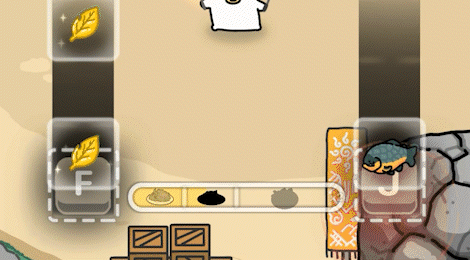
The cooking system has been improved as follows:
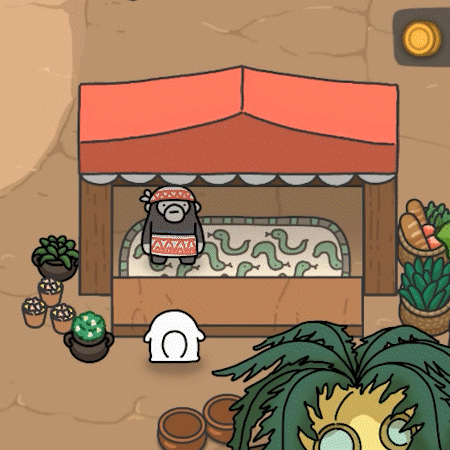
When all items are purchased from shops that sell limited items like equipment and interior goods, the shop shutters will close.
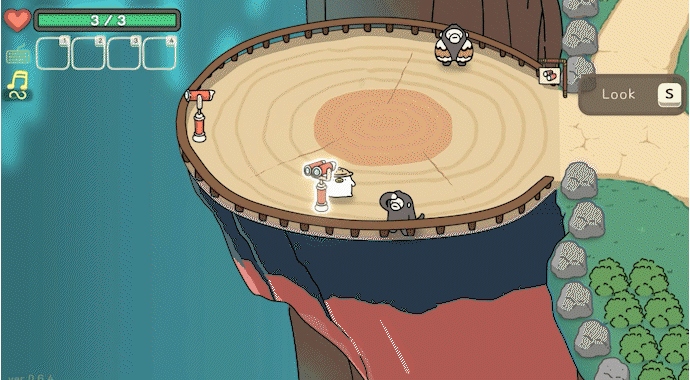
Looking through the telescope at the Sun Village observatory, you can now see the scenery that was previously displayed as text.

If you don't control Baby Ogu for a certain period, he will dance in place.
We will continue to provide updates on development and release news until the official launch.
Please look forward to the official release on July 29th!
We are working hard for the official release on July 29th.
Currently, "Ogu and the Secret Forest" is on a 15% discount during the Steam Summer Sale, which will be the last discount before the official release. If you haven't purchased "Ogu and the Secret Forest" yet, consider doing so now!
The major issues we're working on are the final battle and ending, which are still under wraps, and improving the convenience of existing content.

To avoid spoilers about the final battle, here are some improvements you'll see in the official release:
1. Display of Fish Species at Fishing Spots


New signs will be placed at each fishing spot, showing the types of fish that appear there. Fish you have caught before will be highlighted.
2. Cooking System Changes

The cooking system has been improved as follows:
When There is No Recipe
Selecting ingredients not in a recipe will now not proceed with cooking and will display a message indicating that there is no related recipe.Cooking Gauge and Extra Rewards
A gauge showing the progress of the cooking process has been added.- If the gauge is very low at the end of cooking, food waste is created.
- If the gauge is low, food is created.
- If the gauge is normal or above, a dish is created.
- If the gauge is very high, 2 dishes are created.
3. Sold Out

When all items are purchased from shops that sell limited items like equipment and interior goods, the shop shutters will close.
4. Sun Village Telescope

Looking through the telescope at the Sun Village observatory, you can now see the scenery that was previously displayed as text.
5. Baby Ogu Dance

If you don't control Baby Ogu for a certain period, he will dance in place.
We will continue to provide updates on development and release news until the official launch.
Please look forward to the official release on July 29th!





